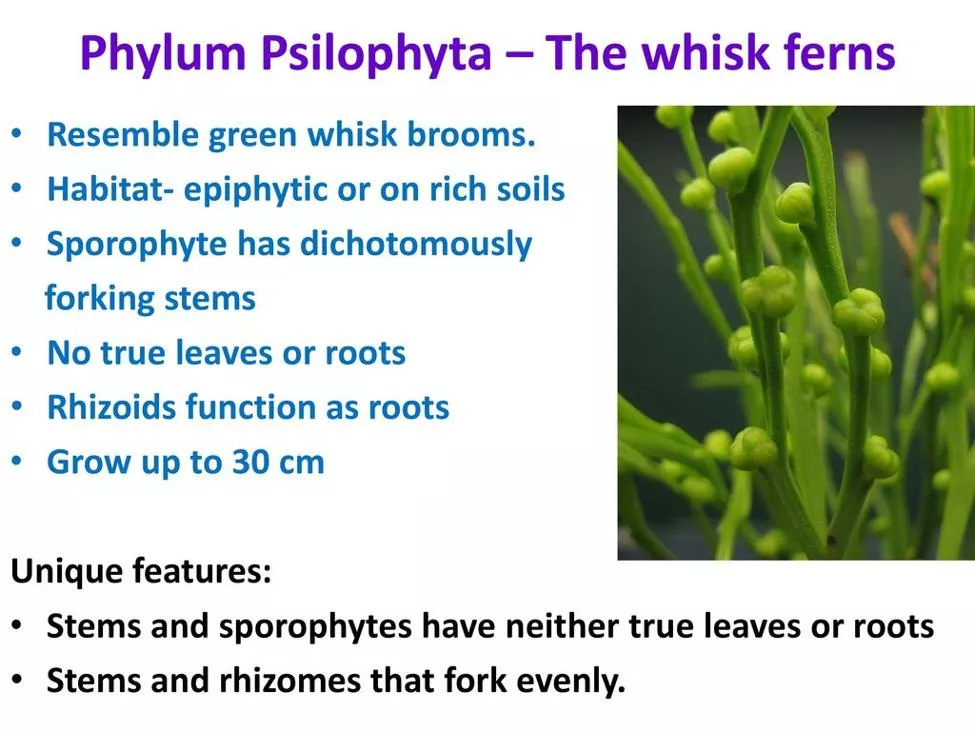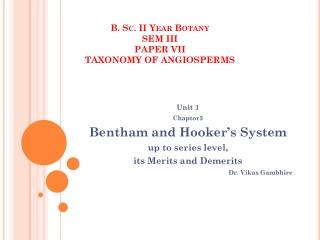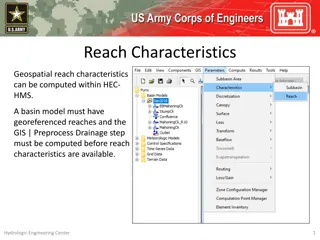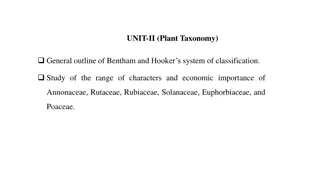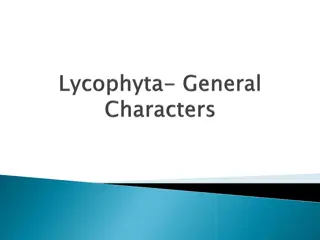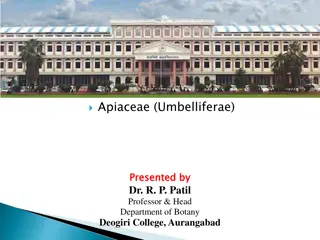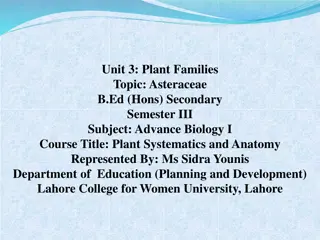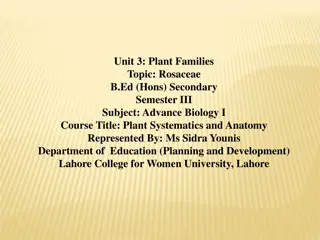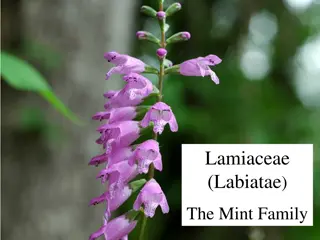Characteristics of the Genera Psilotum and Tmesipteris
The class represented by Psilotum and Tmesipteris features rootless sporophytes with subterranean rhizomes and aerial shoots, dichotomous branching, rhizoids for nutrient absorption, scale-like or leaf-like appendages, protostelic or siphonostelic stele, eusporangiate sporangial development, homosporous spores, non-green gametophytes, and spirally-coiled multi-flagellated antherozoids. Psilotum, a survivor from the Devonian age, lacks leaves and roots, has a green stem with synangia on lateral branches, and produces bisexually reproducing gametophytes resembling rhizome pieces.
Download Presentation

Please find below an Image/Link to download the presentation.
The content on the website is provided AS IS for your information and personal use only. It may not be sold, licensed, or shared on other websites without obtaining consent from the author.If you encounter any issues during the download, it is possible that the publisher has removed the file from their server.
You are allowed to download the files provided on this website for personal or commercial use, subject to the condition that they are used lawfully. All files are the property of their respective owners.
The content on the website is provided AS IS for your information and personal use only. It may not be sold, licensed, or shared on other websites without obtaining consent from the author.
E N D
Presentation Transcript
The Class is represented by two living genera Psilotum and Tmeseptris . The general characters are as follows: 1. The plant body is a rootless sporophyte that differentiates into a subterranean rhizome and an aerial erect shoot. 2. Branching is dichotomous in both subterranean rhizome and aerial shoot. 3. The large rhizoids borne on the rhizome absorb water and nutrients from the soil. 4. On the aerial shoots, spirally arranged scale-like (e.g., Psilotum) or leaf-like appendages (e.g., Tmesipteris) are borne.
5. Stele is protostelic or siphonostelic with sclerenchymatous pith. 6. Secondary growth is absent. 7. Bi- or trilocular sporangia are borne in the axils of leaf-like appendages. 8. Mode of sporangial development is of eusporangiate type. 9. Spores are of equal sizes and shapes i.e., homosporous. 10. The gametophytes are non-green, cylindrical, branched and subterranean. They grow as saprophytes with an associated endophytic fungus. 11. Antherozoids are spirally coiled and multi- flagellated.
Rhynia sp Rhynia sp Horneophyton sp
Protostele Siphonostele
The sporophyte of Psilotum looks like a survivor from the Devonian age. it has no leaves nor roots, a protoxylem, a dichotomously branching green stem with small scales. The stem bears bright yellow synangia (formed from three fused sporangia) on short lateral branches. It is homosporous and the spores develop into bisexual gametophytes that resemble pieces of sporophyte rhizome. The data from current RNA sequencing and other chemical analyses suggests that Psilotum appears to be a descendent of the ferns by loss and simplification of structures.






